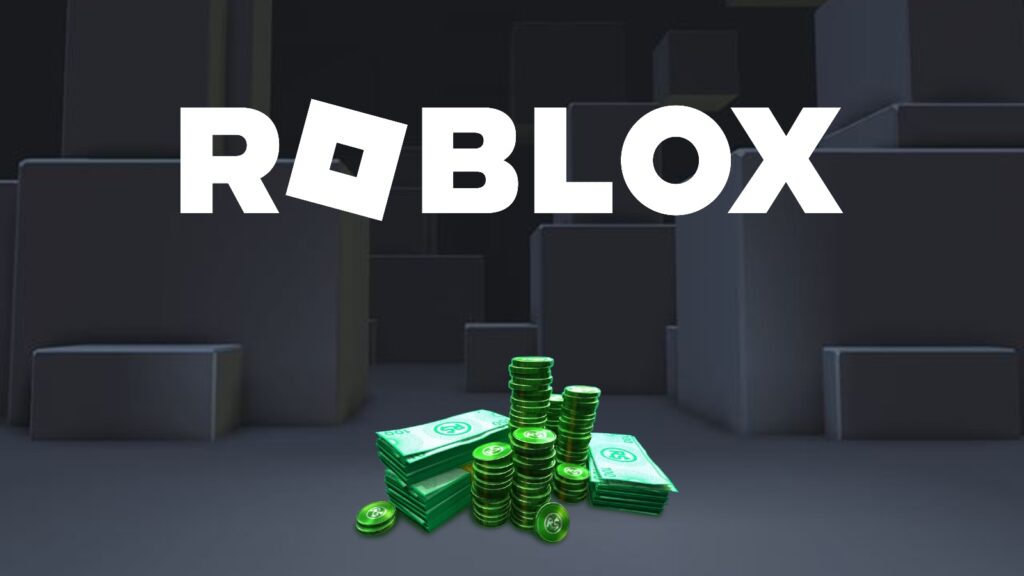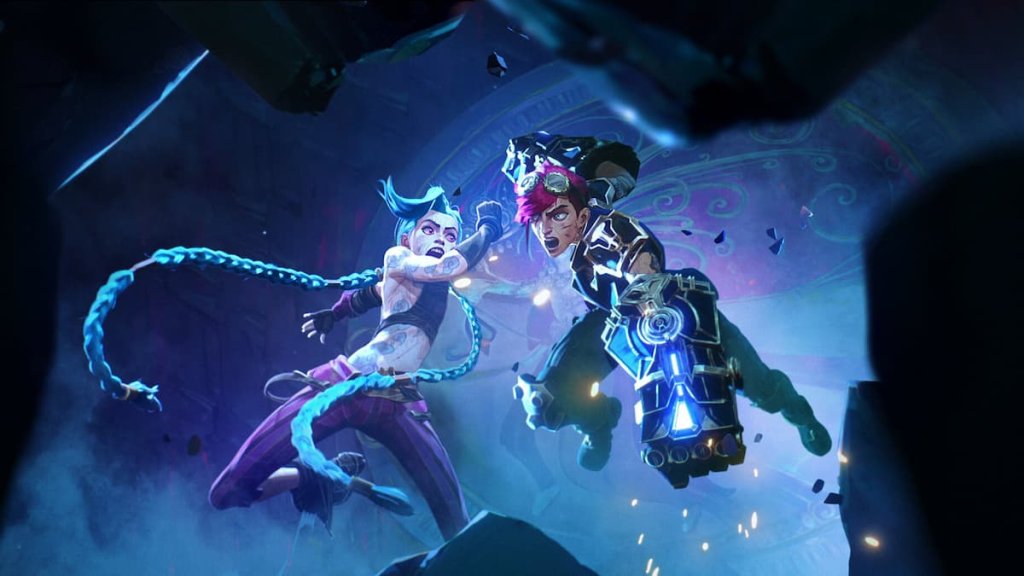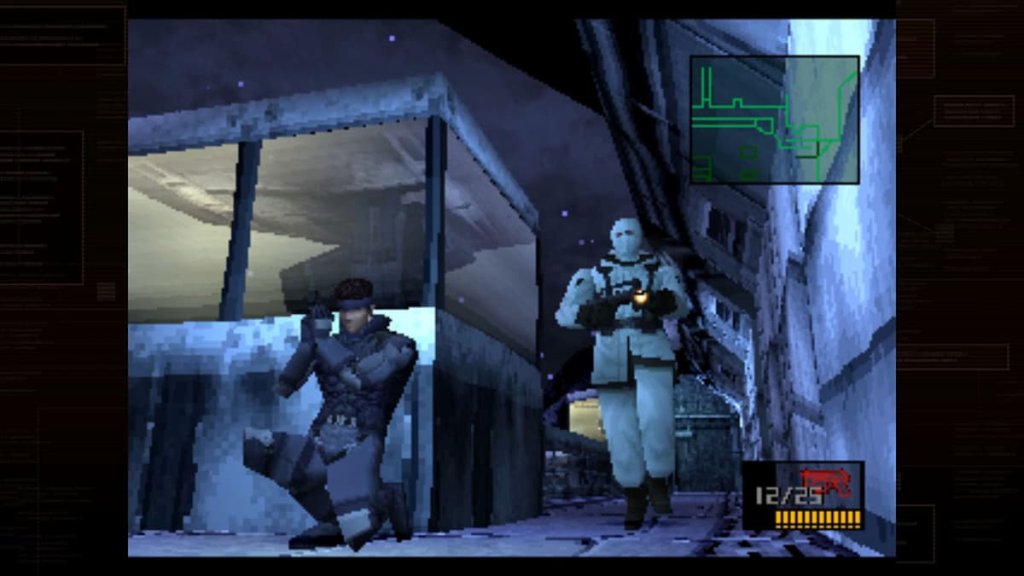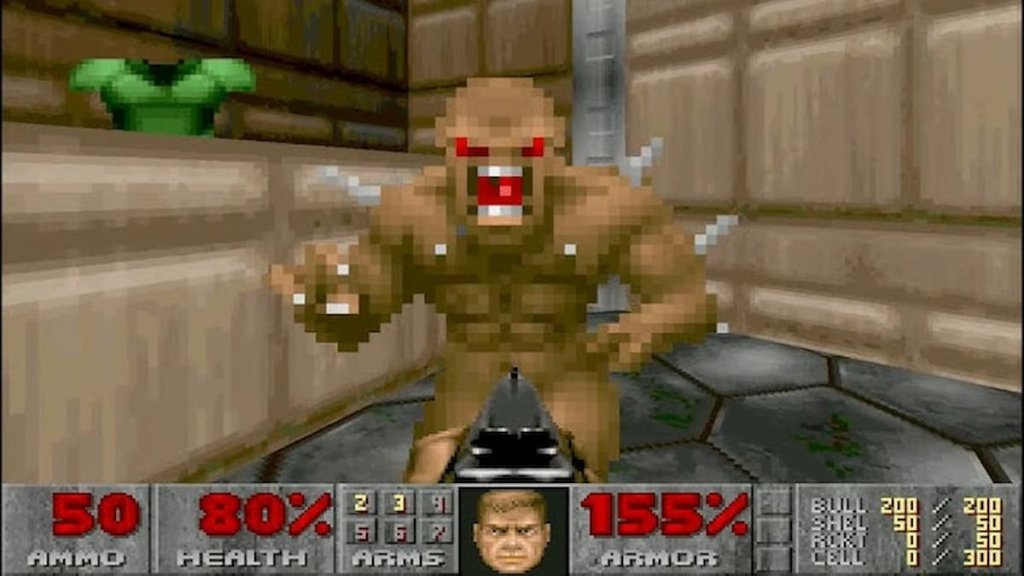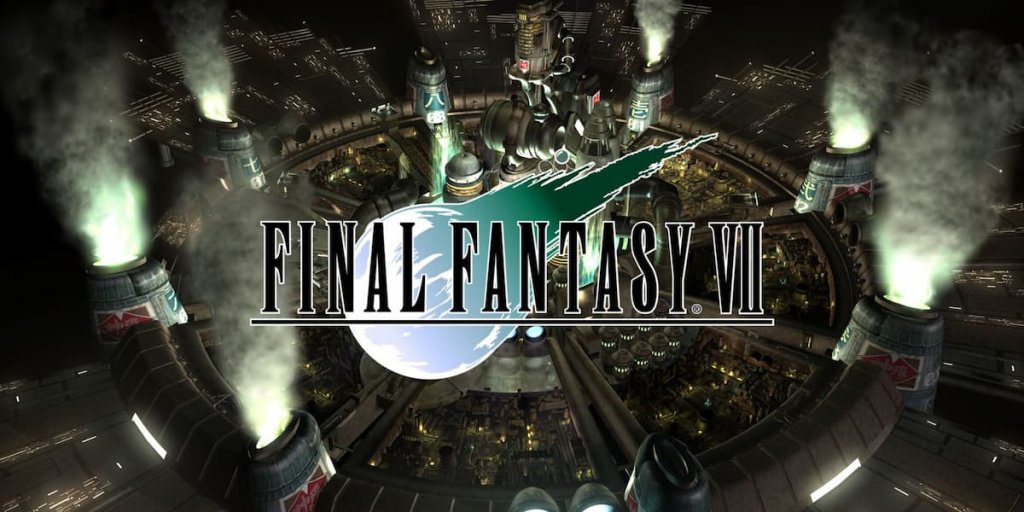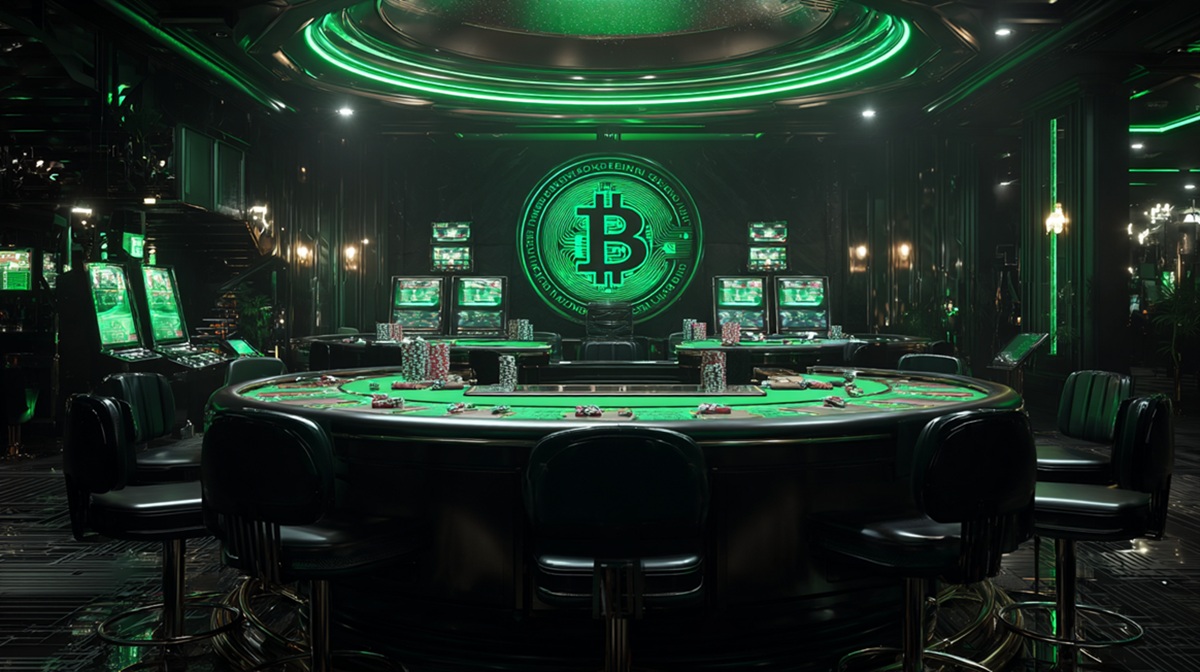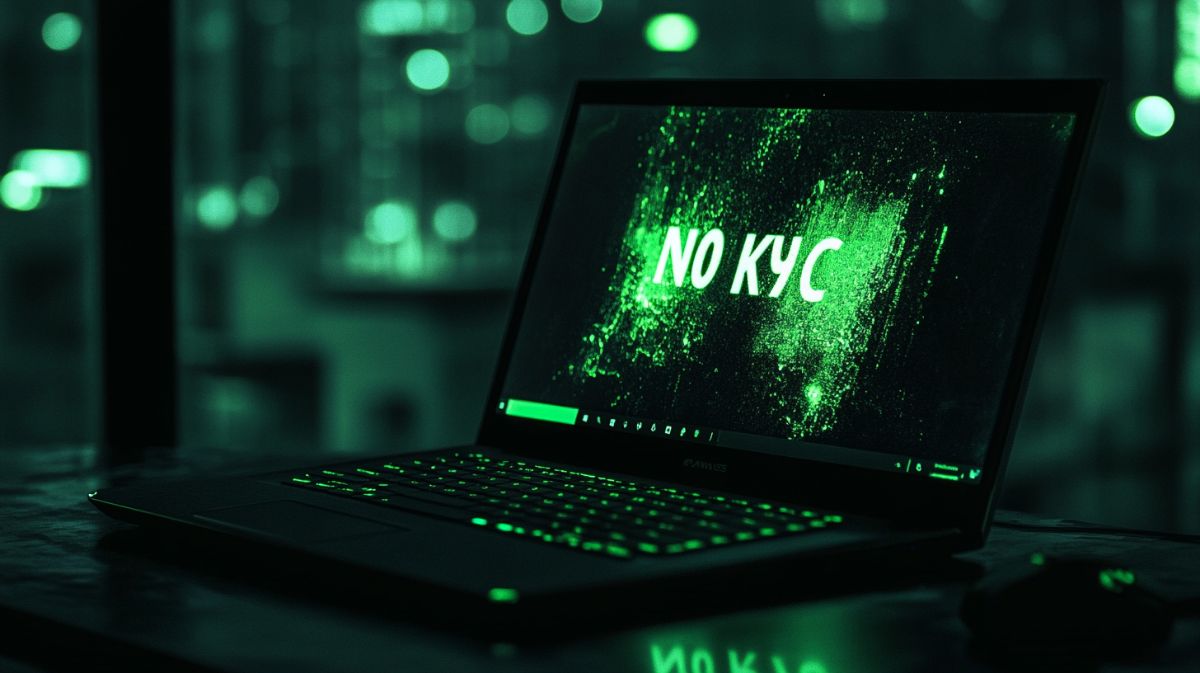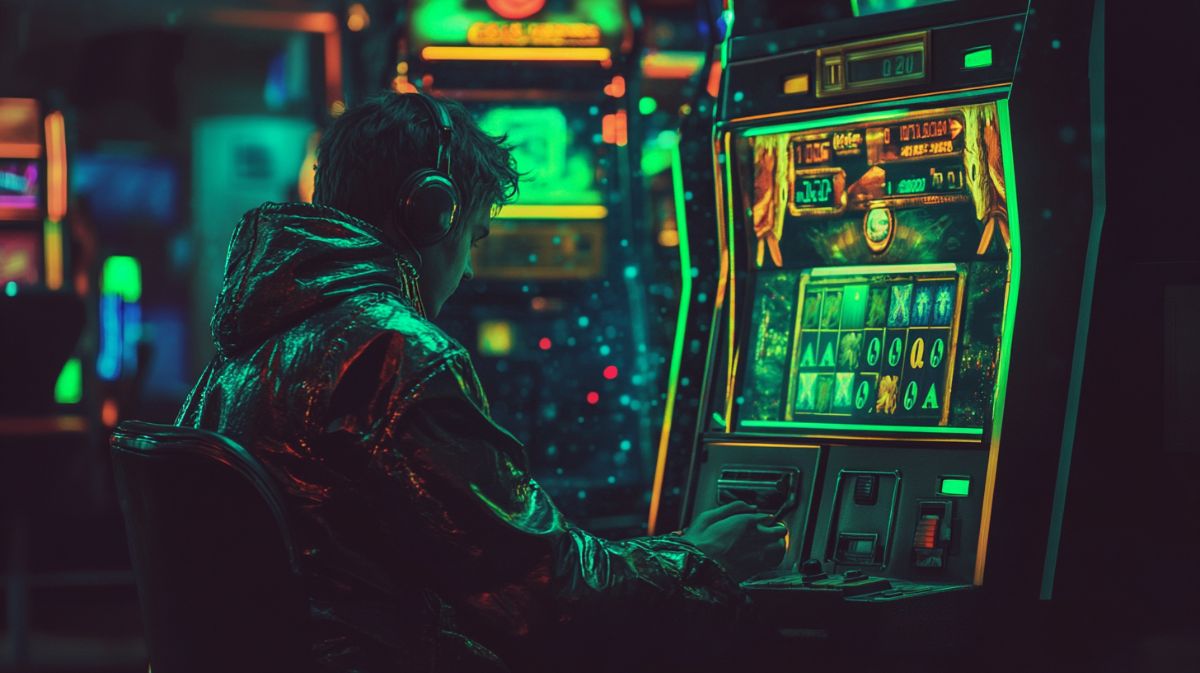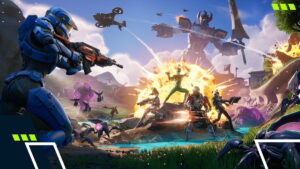All STALKER Games in Order (2007-2024); Both By Release and Story Timeline
It’s been over 17 years since the STALKER series first dragged players deep into the irradiated horrors of the Zone. And with STALKER 2: Heart of Chornobyl out, it’s the perfect time to look back-and forward-at the franchise in its entirety. Here are all the STALKER games in order from 2007 to the present day.
From janky 2007 gunfights to massive, seamless worlds built with photogrammetry and real-time AI, the series has evolved dramatically. Depending on whether you want to experience the story by release date or by when events take place in the Zone, you’ll get a different kind of journey. But either way, this STALKER games in order guide covers it all: technical leaps, in-world chronology, and the grim, philosophical core that holds it together.
- 1. STALKER Games in Order of Release
- Why Play in Timeline (Lore) Order?
- 2. STALKER Games in Chronological Order
- Clear Sky (August 22 - September 15, 2008 / In-World Year: 2011)
- Shadow of Chornobyl (March 20, 2007 / In-World Year: May 1, 2012)
- Call of Pripyat (October 2, 2009 / February 2-25, 2010 / In-World Year: Late 2012)
- STALKER 2: Heart of Chornobyl (November 20, 2024 / In-World: Years After CoP)
- Final Thoughts
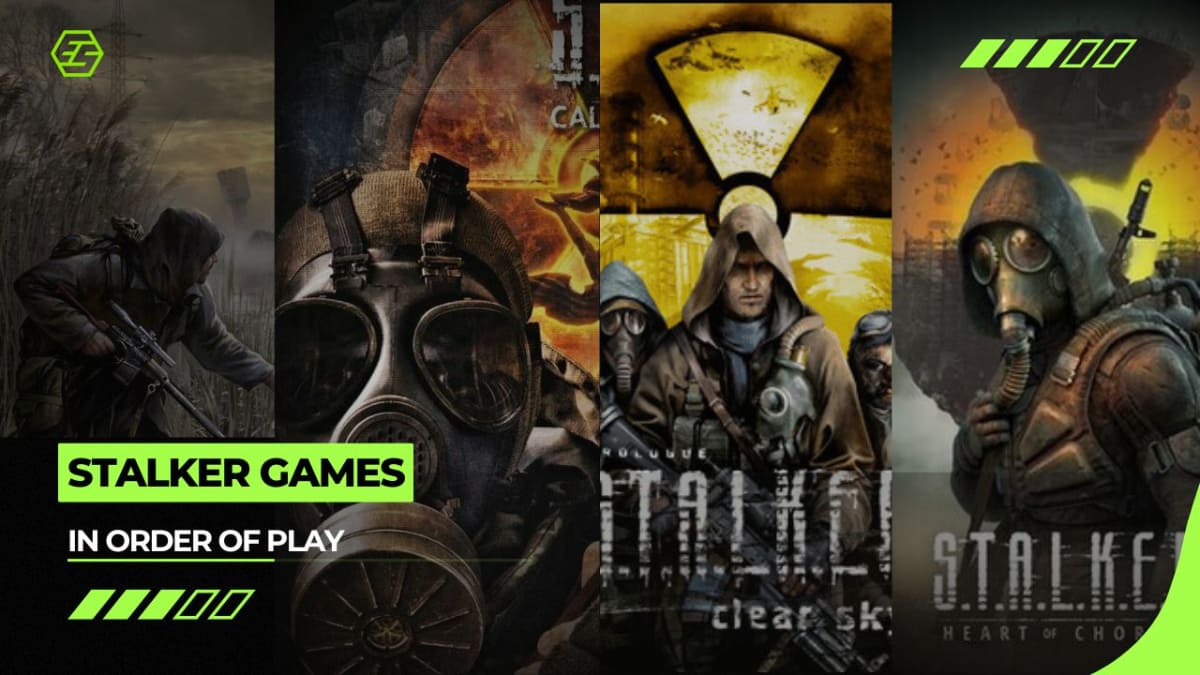
STALKER Games in Order of Release
- Shadow of Chornobyl – March 20, 2007
- Clear Sky – August 22 to September 15, 2008
- Call of Pripyat – October 2, 2009 (CIS) / February 2-25, 2010 (NA/EU)
- STALKER 2: Heart of Chornobyl – November 20, 2024
Why Play in Timeline (Lore) Order?
If you’re more in it for the story than the tech history, chronological order actually makes more sense. Events unfold in a way that tells a much cleaner arc: the rise of the Zone, the tragedy at its heart, the fallout, and then the future that tries to rebuild from it.
- Clear Sky (2011): Lays down the foundation – who’s fighting who, how anomalies are discovered, and what goes horribly wrong.
- Shadow of Chornobyl (May 1, 2012): Explores the aftermath of Clear Sky’s failure, focusing on the mysterious Strelok and the person trying to stop him.
- Call of Pripyat (Late 2012): Documents the military’s attempts to investigate and reclaim the Zone, and the final breakdown of order.
- Heart of Chornobyl (Years Later): The Zone has grown wild, ungovernable, and weird in ways humanity no longer fully understands.
This order not only gives you better context but also makes the world feel more alive, more tragic, and ultimately, more rewarding. Here’s what each entry in the series offers, in detail.
Alternatively, you can also check out our list of best action games.
STALKER Games in Chronological Order
Clear Sky (August 22 – September 15, 2008 / In-World Year: 2011)
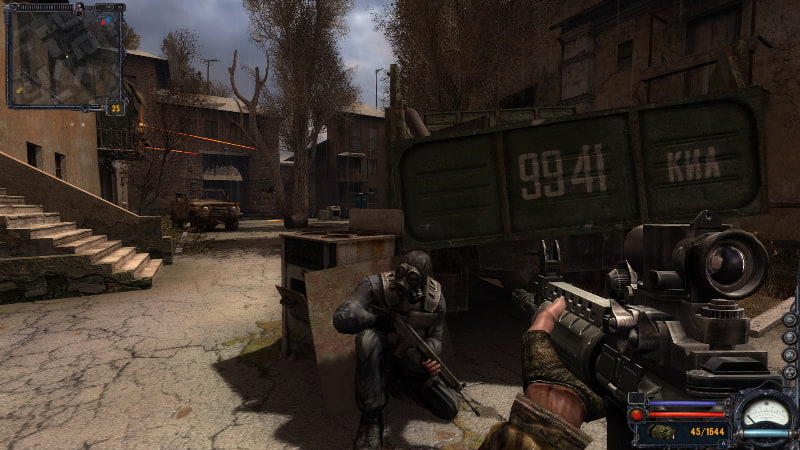
Image Credit: GSC Game World, THQ
You’re Scar, a hardened merc with that odd immunity to anomalies. Recruited by the secretive Clear Sky faction, your mission is to stop Strelok before he reaches the reactor, an event that, spoiler alert, doesn’t go well.
- Faction Wars System: You actively tip the balance between Duty, Freedom, and other groups. Take out a Freedom sniper nest, help Duty hold a fortress, or betray everyone at once. It’s your call, and the frontlines shift in real time.
- Anomaly Research Mechanics: Early designs of the Zone’s most dangerous oddities show up here. Fields that can fry you in seconds, and artifacts like the “Jellyfish,” which preface the high value finds later games, hinge on.
- Tech & Visual Upgrades: Volumetric fog, smoother IK-driven animations, and reworked maps (including the abandoned CNPP base) make the Zone feel more oppressive and alive than ever.
It’s infamous for occasional crashes and difficulty spikes, but it sets the stage for everything that follows faction politics, Artifact loops, and the creeping dread of uncontrolled scientific hubris.
Shadow of Chornobyl (March 20, 2007 / In-World Year: May 1, 2012)
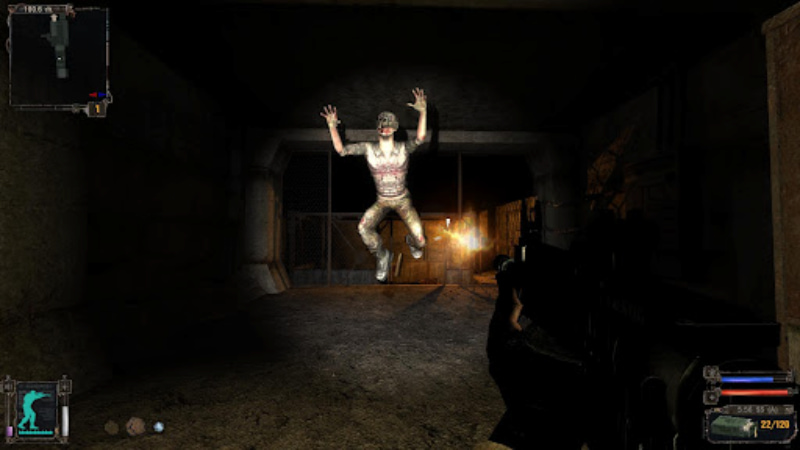
Image Credit: GSC Game World, Deep Silver
As the “Marked One,” you wake up with zero memory and a PDA that simply says, “Kill Strelok.” Your journey to rediscover who you are becomes a broader quest to understand the Zone’s secrets-and the man at its center.
- Open-Ended Narrative & Multiple Endings: Help Duty, Freedom, or play lone wolf; the choices you make send you down wildly different paths – some hopeful, some bleak.
- Atmospheric Horror & Soundscapes: Wind rattling through broken windows, distant howls, sudden mutant ambushes in foggy corridors- every step feels like you’re trespassing somewhere you really shouldn’t be.
- Artifact-Hunting Loop: Risky forays into anomaly fields for precious artifacts frame the core gameplay: return alive, sell for supplies, gear up for the next run.
- Philosophical Underpinnings: Heavily inspired by Roadside Picnic, it asks what happens when human greed collides with forces beyond understanding.
Despite its age and engine limitations, Shadow remains a high watermark for immersive sim and survival horror. It sold millions of copies-thanks largely to word-of-mouth among horror fans and modders.
Call of Pripyat (October 2, 2009 / February 2-25, 2010 / In-World Year: Late 2012)
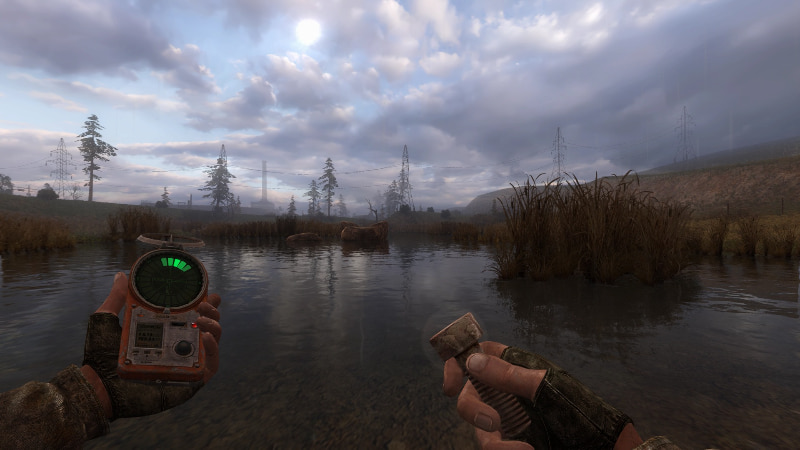
Image Credit: GSC Game World
Major Degtyarev, a military intel officer, is sent in after Operation Fairway-Ukraine’s doomed attempt to “clean up” the Zone-goes sideways. Your goal: find the downed STINGRAY helicopters and learn what really happened.
- Free-Play Mode After the Main Story: Once the narrative wraps, you’re free to roam Zaton, Yanov, Jupiter, and Pripyat in any order. Hunt artifacts, align with factions, or just survive.
- Driveable Vehicles: For the first time, you can hammer along Zone roads in a buggy-until you smash through an anomaly and end up stranded. Fun, but risky.
- Improved A-Life Simulation: Stalkers huddle around campfires, factions clash dynamically, and mutants roam in unpredictable packs-creating emergent stories you don’t script.
- Real-World Landmarks: From the Ferris wheel in Pripyat’s abandoned amusement park to the chemical plant at Jupiter, the game mirrors real Exclusion Zone curiosities.
Often hailed as the best of the original trilogy, it polished core mechanics while expanding narrative threads-especially around the Zone’s uneasy relationship with the military and scientific communities.
STALKER 2: Heart of Chornobyl (November 20, 2024 / In-World: Years After CoP)
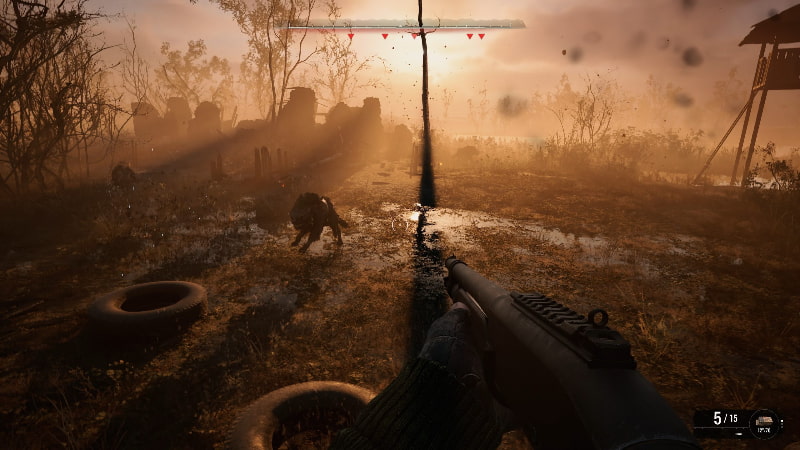
Image Credit: GSC Game World
After years of delays, engine swaps, and a literal war at home for GSC, Heart of Chornobyl lands on Unreal Engine 5, giving you a seamless 64 km² playground of ghost towns, swamps, and industrial wreckage.
- Next-Gen Visuals & Photogrammetry: Trees, concrete, and rusted metal look so real you’ll second-guess your own GPU. Dynamic weather, volumetric lighting, and true-to-life textures push modern hardware to its limits.
- Adaptive AI & Emergent Ecosystem: Mutants learn to avoid your tactics, factions reroute patrols, and anomalies shift locations based on in-game events-making each playthrough unique.
- Factions & Non-Linear Story: Align with scientists, military detachments, or rogue stalkers. Every side has its own agenda, and your alliances can tip the balance of power.
Despite glaring bugs at launch, it sold over a million copies in 48 hours and made roughly $60 million on Day One. GSC has been patching almost daily to stabilize audio, AI, and graphics. Developed under wartime conditions, it stands not just as a technical marvel but as a testament to resilience and creative perseverance in the face of real-world adversity.
For better or worse, Heart of Chornobyl is the boldest, most emotionally charged entry yet, an invitation to get truly lost in the Zone once more.
Final Thoughts
Whether you roll through by release date to appreciate the engine upgrades or follow the in-world timeline for the full tragic arc, the STALKER series remains one of gaming’s most unique, haunting, and thought-provoking sagas. It’s never easy, rarely stable, but always unforgettable.
So, pick your STALKER games in order, just keep an eye on that Geiger counter. And maybe don’t trust the guy who promises “safe passage” through anomalies. He probably won’t make it out either.
